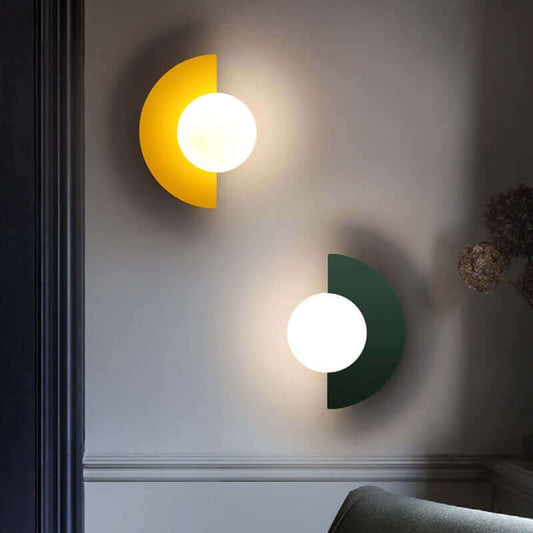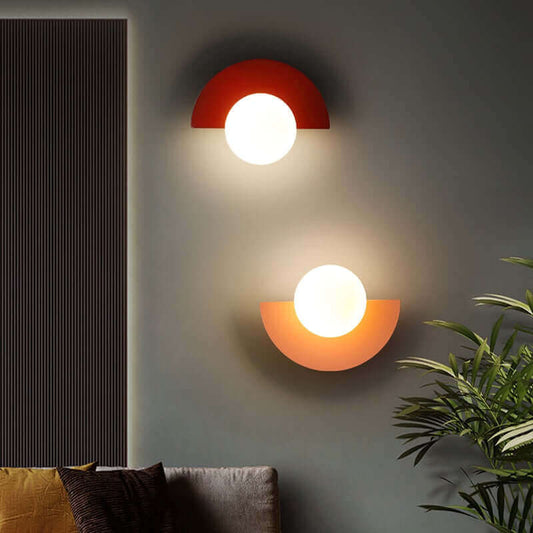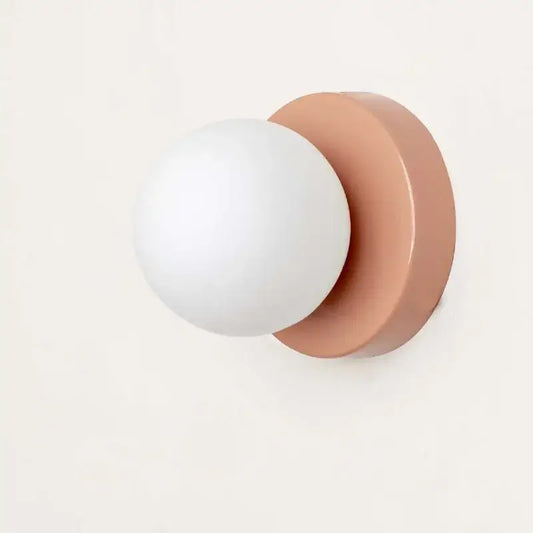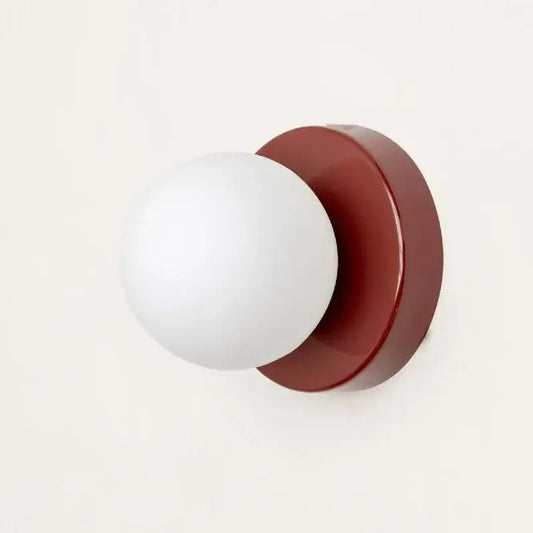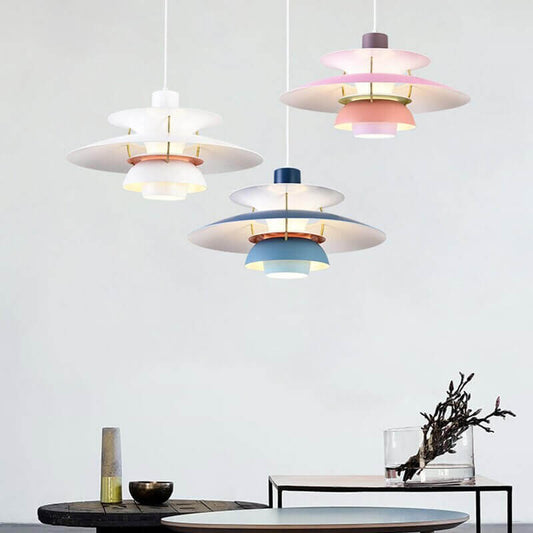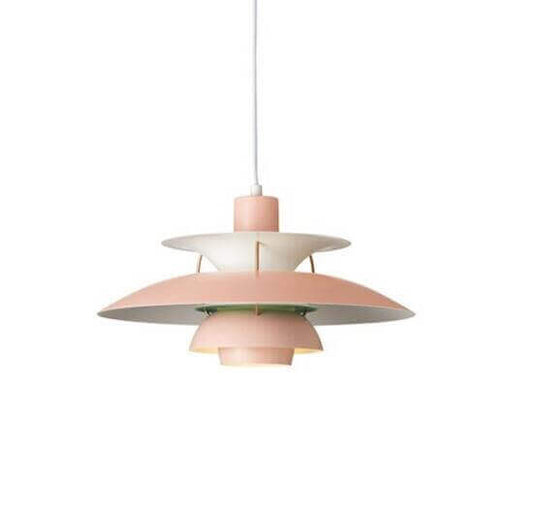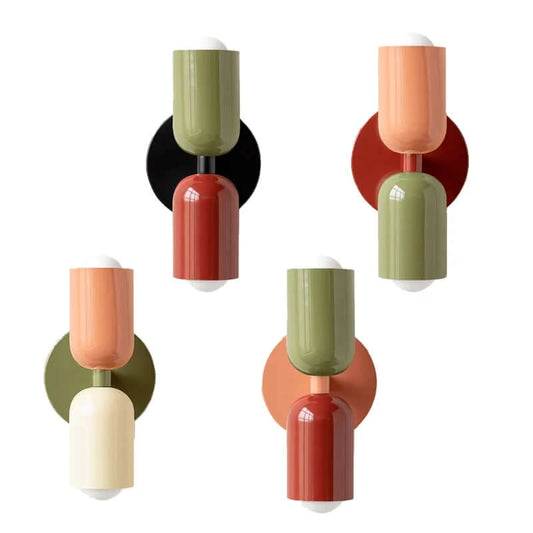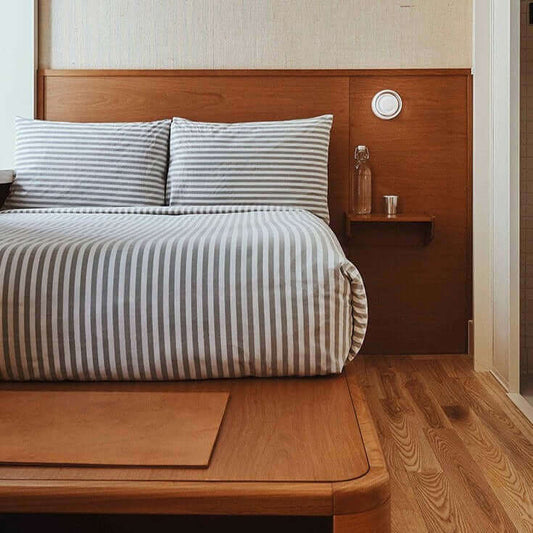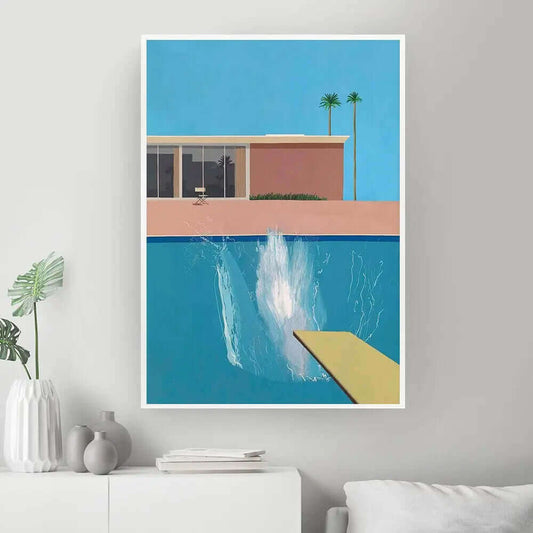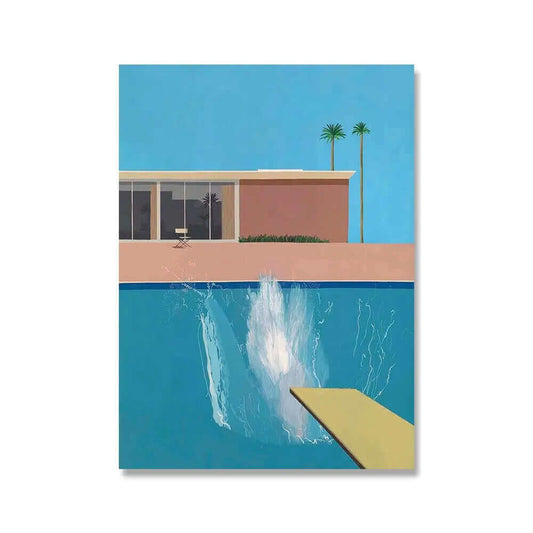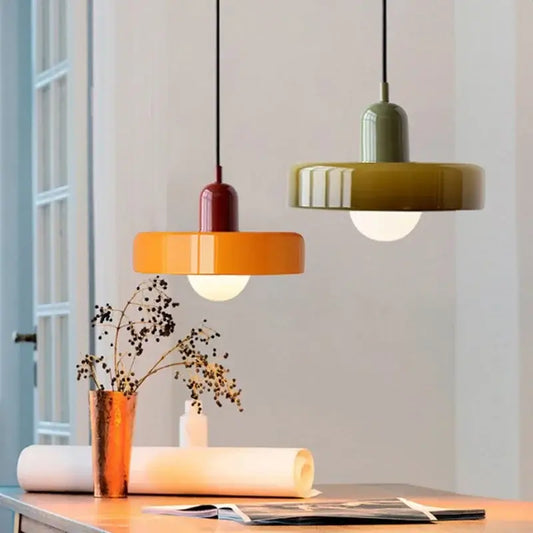Introduction
African masks and masks from other regions have become increasingly popular in modern interior design. These unique artifacts not only add a touch of cultural richness to a space but also carry deep historical and symbolic significance. In this article, we will explore the different regions and types of masks, their significance, and how to best incorporate them into interior design.
Regions and Types of Masks
1. West Africa
West Africa is renowned for its diverse range of masks. Some notable types include:
- Dan masks from Ivory Coast
- Gelede masks from Nigeria
- Bwa masks from Burkina Faso
The Dan masks, originating from the Ivory Coast, are characterized by their elongated shape and striking geometric patterns. These masks are often used in ceremonies and celebrations related to agriculture and initiation rites.
Gelede masks, on the other hand, are prominent in Yoruba culture in Nigeria. They are known for their intricate carvings and are used to honor and appease ancestral spirits and deities.
Bwa masks, originating from Burkina Faso, are predominantly made of wood and feature bold, abstract designs. They are used in rituals and celebrations to communicate with spirits and seek protection.
2. Central Africa
Central Africa is home to various mask traditions, such as:
- Kwele masks from Gabon
- Punu masks from the Republic of Congo
- Luba masks from the Democratic Republic of Congo
Kwele masks, originating from Gabon, are known for their heart-shaped faces and distinctive white geometric patterns. They are used in ceremonies related to fertility, healing, and ancestral worship.
Punu masks, found in the Republic of Congo, are characterized by their elongated faces and intricate hairstyles. They are used in funerals and rituals to honor deceased ancestors.
Luba masks, from the Democratic Republic of Congo, are often made of wood and decorated with shells, beads, and feathers. They represent various spirits and are used in ceremonies related to initiation and healing.
3. Southern Africa
Southern Africa also boasts unique mask styles, including:
- Zulu masks from South Africa
- Chokwe masks from Angola
- Makishi masks from Zambia
Zulu masks, originating from South Africa, are characterized by their vibrant colors and intricate beadwork. They are used in traditional ceremonies and dances to celebrate important milestones and events.
Chokwe masks, found in Angola, are known for their bold features and elaborate headdresses. They are used in initiation rituals, storytelling, and to honor ancestral spirits.
Makishi masks, originating from Zambia, are worn during male initiation ceremonies. They represent various spirits and are believed to provide protection and guidance during the transition to manhood.
Significance of African Masks
African masks hold great cultural and spiritual significance. They are used in various ceremonies, rituals, and social events. Some masks represent ancestral spirits, while others embody deities or animals associated with specific tribes. These masks often serve as a medium for communication between humans and the spiritual realm.
Additionally, African masks are characterized by intricate designs and vibrant colors, each carrying its own symbolic meaning. For example, the use of certain patterns or colors might represent fertility, protection, or wisdom.
These masks also play a significant role in storytelling and preserving cultural heritage. They serve as visual representations of the history, beliefs, and traditions of different African communities.
Using Masks in Interior Design
When incorporating African masks or masks from other regions into interior design, it's important to consider the following tips:
- Choose masks that align with the overall theme and style of the space.
- Place masks strategically as focal points or wall decorations.
- Combine masks with other cultural artifacts or artwork to create a curated look.
- Ensure proper lighting to highlight the masks' intricate details.
- Consider the size and scale of the masks in relation to the room.
- Take into account the cultural context and meaning of the masks when displaying them.
By following these tips, you can create a harmonious and visually captivating space that celebrates the rich cultural heritage of African masks.
Where to Find Masks
If you're interested in purchasing African masks or masks from other regions, there are various options available:
- Visit local art galleries or cultural festivals that feature authentic masks.
- Explore online marketplaces specializing in African or tribal art.
- Connect with reputable collectors or dealers who can provide expert guidance.
Remember to always verify the authenticity and provenance of the masks before making a purchase.
Pricing and Availability
The pricing of African masks and masks from other regions varies depending on factors such as rarity, craftsmanship, and cultural significance. Prices can range from a few hundred dollars to several thousand dollars for unique and exceptional pieces.
Availability may also vary depending on the region and specific type of mask. Some masks are more readily available due to their popularity, while others may require more effort to source.
Conclusion
African masks and masks from other regions offer a unique and captivating addition to modern interior design. By understanding their significance, exploring the different types from various regions, and following the tips mentioned, you can create a culturally rich and visually stunning living space. Embrace the beauty and history of these masks and let them become the conversation starters in your home.





